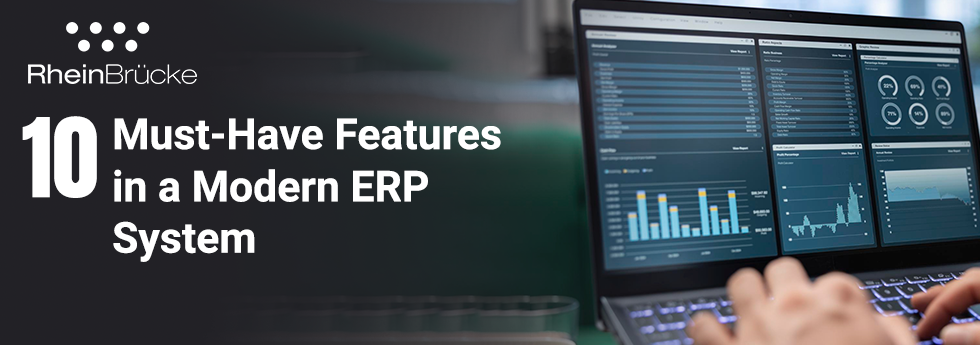Thermal Power Plant operational metrics is a complex domain made further challenging by the fact that huge amounts of real-time data needs to be processed in a timely manner for the solution to be truly effective to the business. Real-time data has to be combined with commercial data and further intelligence built on top to understand the impact of various parameters at play in keeping the plant running smoothly and profitably.
There are four broad categories of categories of inputs that need to be aggregated to provide a basis for executive decision making.
Sensor data from the plant which can help monitor the health of the plant on a real-time basis and work as a IoT database for proactive and preventive maintenance as well as a means for the Operational Manager to quickly react in case of any outage.

Sensor data on the output of power to the grid and to third parties is a key input in computing revenue as well as profitability. Any potential penalties due to variance in output or frequency to any customer can also be quickly identified based on real-time alerts. This becomes a Big Data problem very quickly, since the data is generated from multiple Availability Based Tariff (ABT) metering systems every few minutes and the life of a commercial agreement could be as much as 30 years or more.
Raw material inputs come in form of all the data with regard to coal and any other secondary energy source that is used in the plant. Factors like cost, calorific value, availability, buffer stocks etc. play a critical role in ensuring that the plant is performing at the highest possible Plant Load Factor (PLF) as well as operational efficiency at an effective input cost.
Commercial agreements in the form of Power Purchase Agreements (PPA) are the fourth key input. Key commercial decisions are based on the tariff of each PPA versus the penalty / obligations under the PPA. It is a fine balance between a lucrative unit rate and obligations in case of any default that has to be carefully watched by the management to ensure the financial health and sustainability of the plant.
An effective power plant solution has to draw upon all these inputs and provide a meaningful summary of the impact of each or a combination of these input factors on the effective operational and financial performance over the life of the plant.

The Power plant analytics solution has to be able to
- aggregate vast amounts of data,
- identify critical parameters that would impact operations or commercials,
- trigger alerts to key stakeholders
- provide analytical capabilities based on historic data
- provide useful metrics for decision making based on ‘what-if’ analysis of good and bad scenarios
It is to address these specific challenges, RheinBrücke has deployed its own product, “PPA (Power Plant Analytics)” with the help of Microsoft BI solution for Power Plants. In this solution a BI roadmap for power plants has been implemented using an iterative methodology which helps to enhance stakeholder visibility by providing access to commercial and operational metrics of a large thermal power plant. The solution addresses three categories of users within the power plant.
CCO/CFO
Power plant analytics solution provides decision making inputs to the CCO (Chief Commercial Officer) and the CFO not only historical trends & reports but also gives them the capability to do What-If analysis and profits/loss based on power purchase agreement tariffs and penalties, plant operational metrics and coal usage & calorific values etc. Additionally, scenarios such as partial plant outage, coal shipment delays can be simulated to evaluate the impact on commercial and operational effectiveness.
Field Officers
Power plant analytics Business Intelligence solutions allow the field officers to act based on real time data using smartphones with a hybrid application which includes alerts and notifications about the power plant status. This provides timely input to the line of business applications and allows the field officers to perform day to day preventive maintenance within the power plant.
Power Users (Finance/Commercial/Procurement team)
Along with the standard BI reports and BI dashboards for the decision makers, the system exposes the data warehouse to power users to create reports using Microsoft Power Pivot. This enables the power user to create the additional reports and analyse various scenarios without dependency on IT developers.
The RheinBrücke’s PPA (Power Plant Analytics) solution is implemented at a large thermal power plant in India aggregating data from SAP, Historian and various meters in the power plant. The solution is developed using the Microsoft stack. The UI is fully responsive design and caters to different resolutions for desktops, tablets and smart phones. We also have a Hybrid App for smartphones and tablets. For power users we provide Microsoft Power Pivot to build self-service reports.




